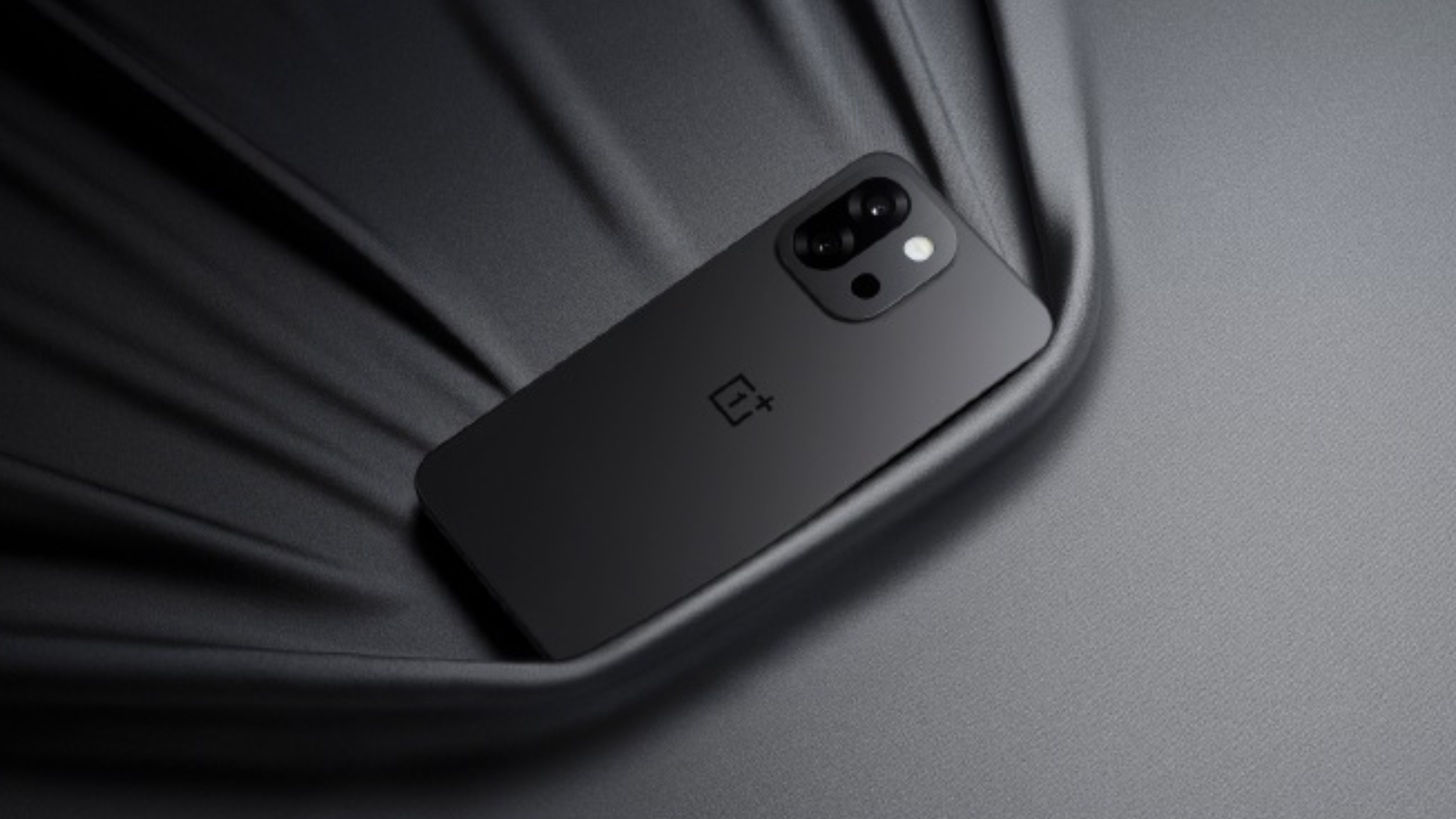How we test and review Chromebooks at Android Central
The best Chromebook reviews on the web.
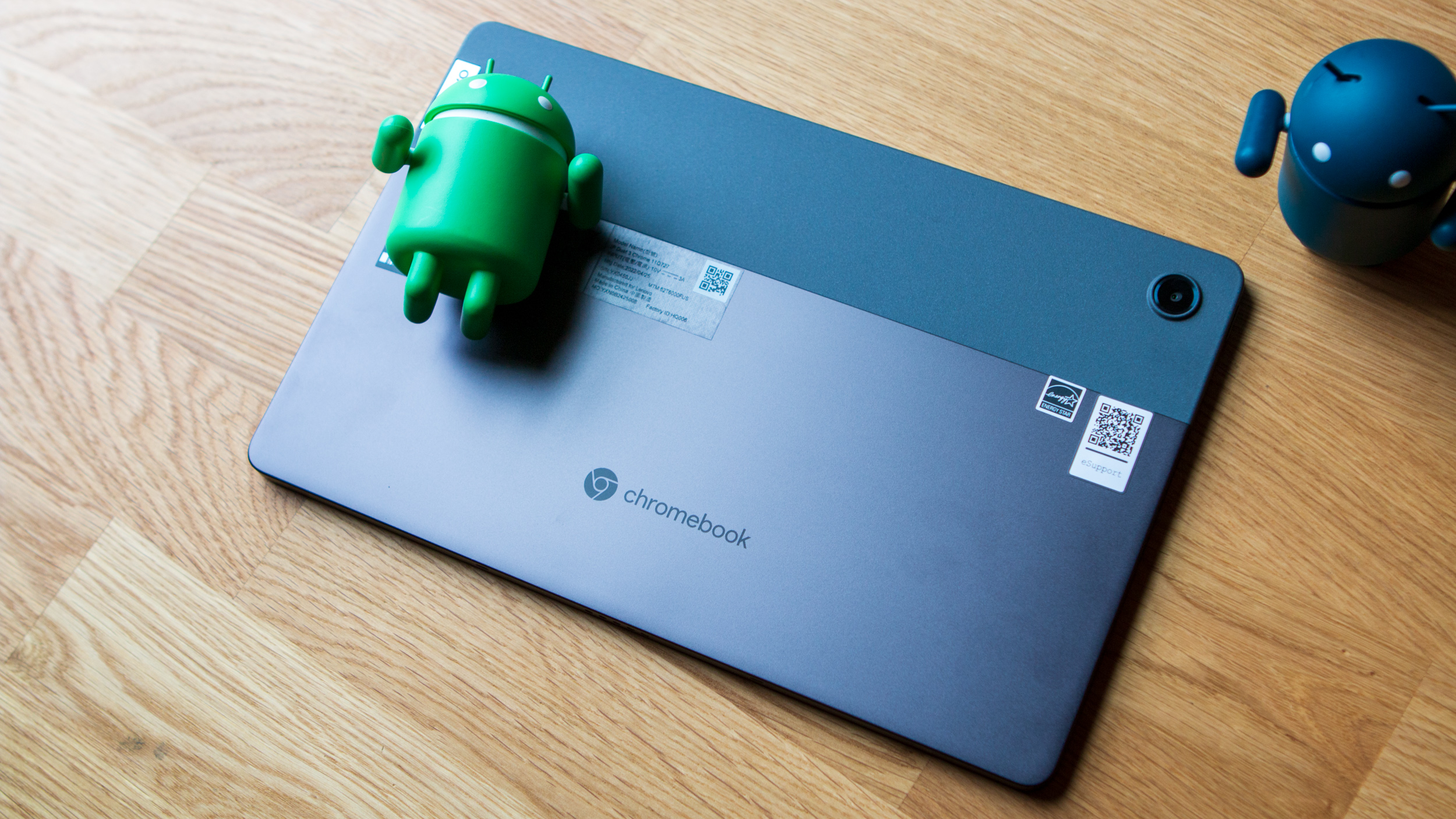
It's easy to get lost in the ever-expanding world of Chromebooks, Chromeboxes, and other Chrome OS devices. Knowing what's out there is only part of the battle, as you'll need to also figure out where a Chromebook fits into your daily life.
We approach our Chromebook reviews with many of the same questions you have. Will this work for me? Can I use this to get work done? What about connecting to external monitors? Can I use this to take notes or to draw on? These are just some of the questions that we ask when reviewing the various Chromebooks that come across our desks. It's one thing to read the spec sheet and see all of the marketing provided by the makers, but it's something else entirely to know how well a Chromebook performs in the "real world." That's where we come in.
Design and build quality
Whether you're buying a Chromebook for yourself or someone else, it's important to know that whatever you decide on will hold up over time. And there are a lot of different variables that go into giving a final determination about the design and build quality.
Some Chromebooks use an aluminum chassis but use a plastic frame that causes the keyboard to flex. Others are basically just pieces of plastic and glass slapped together, but they are the sturdiest machines you'll ever find.
As more and more Chromebook or Chrome OS tablets are released, there are even more questions to ask. Is the device waterproof? Will you get a keyboard or some type of keyboard cover in the box? How sturdy is the connection between the detachable keyboard and the device itself? The last thing you want to deal with is a great Chrome OS tablet that offers a mediocre "lapability" experience due to an unreliable connection.
On the other side of the fence, we're finally getting more and more Chromebooks that can rival (or surpass) Windows or macOS laptops. In that vein, we also consider the port selection that any given Chromebook has in tow. Being able to connect your Chromebook to a monitor can really transform your experience, but it might all be for naught if there aren't the necessary ports.
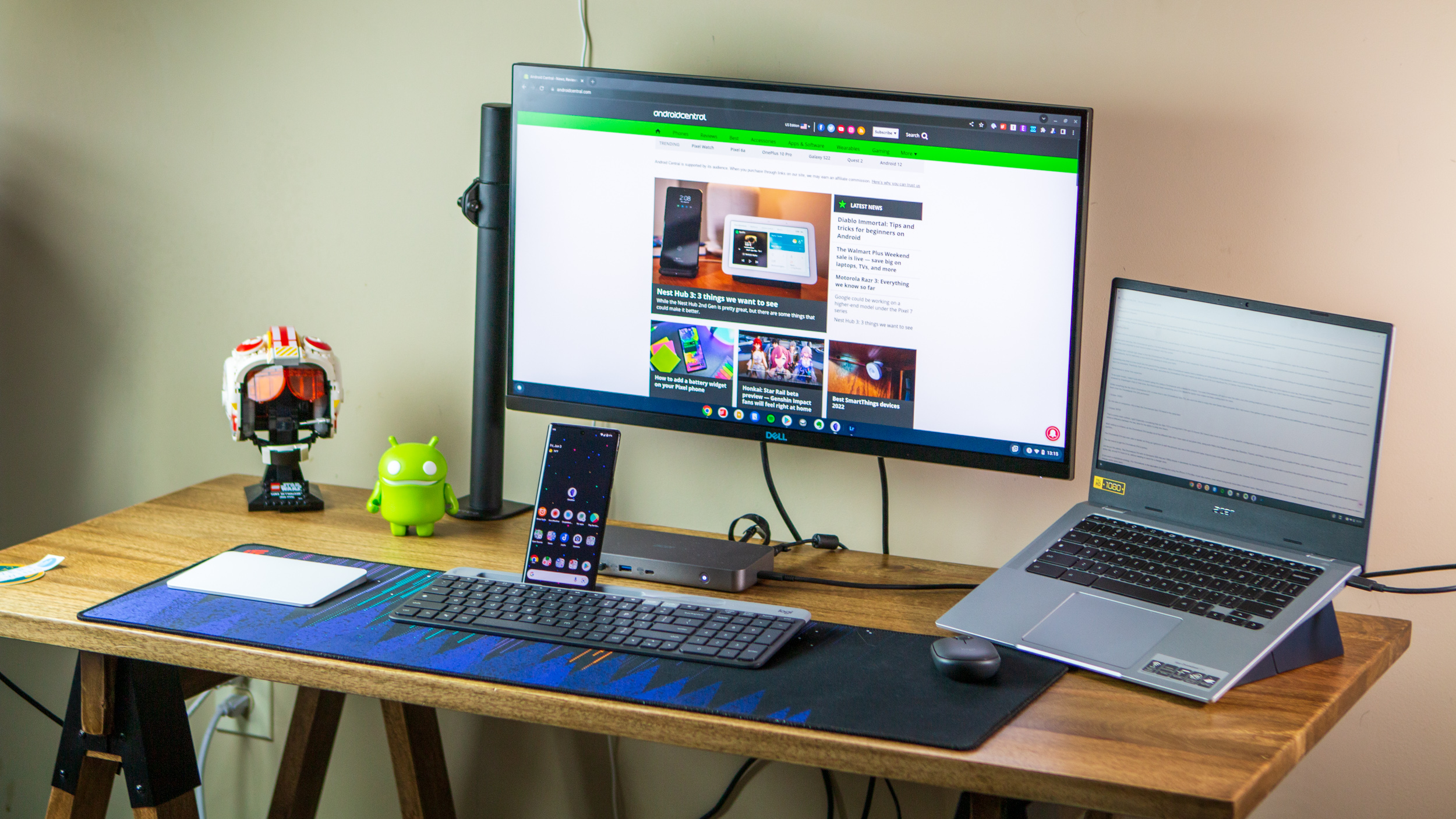
Display and stylus support
The Chromebook market is moving further and further away from just being a "cheap" alternative. Perhaps even more important than the design of a Chromebook is its display, and that's for several different reasons. For one, the matte finish on the display might be great while you're on the couch, but if you take the Chromebook outside, it might not get bright enough to actually be used. Instead of relying on fancy tools, we do exactly what you might -- take it outside and see how it holds up.
Be an expert in 5 minutes
Get the latest news from Android Central, your trusted companion in the world of Android
One of the most obvious use cases for a Chrome OS tablet is to be used as a note-taking or drawing device. But did you know that even some of the traditional laptop Chromebooks also include a touchscreen display? And thanks to the USI standard, you no longer have to rely on those cheap rubber-tipped stylus pens that leave marks all over the screen.
But as Chrome OS evolves, so does the usability and reliability of these touchscreen displays. While the USI standard is designed to make it easy to always have a stylus by your side, not all displays are created equal. We run through the gamut of testing out touchscreen devices using the Google Cursive app, along with a combination of Nebo and Squid.
These are two of the best and most popular handwriting apps on the Play Store and work magnificently with most Chromebooks and tablets. By doing so, we get a pretty good feel of how the handwriting experience should be, even if you have chicken scratch for handwriting.
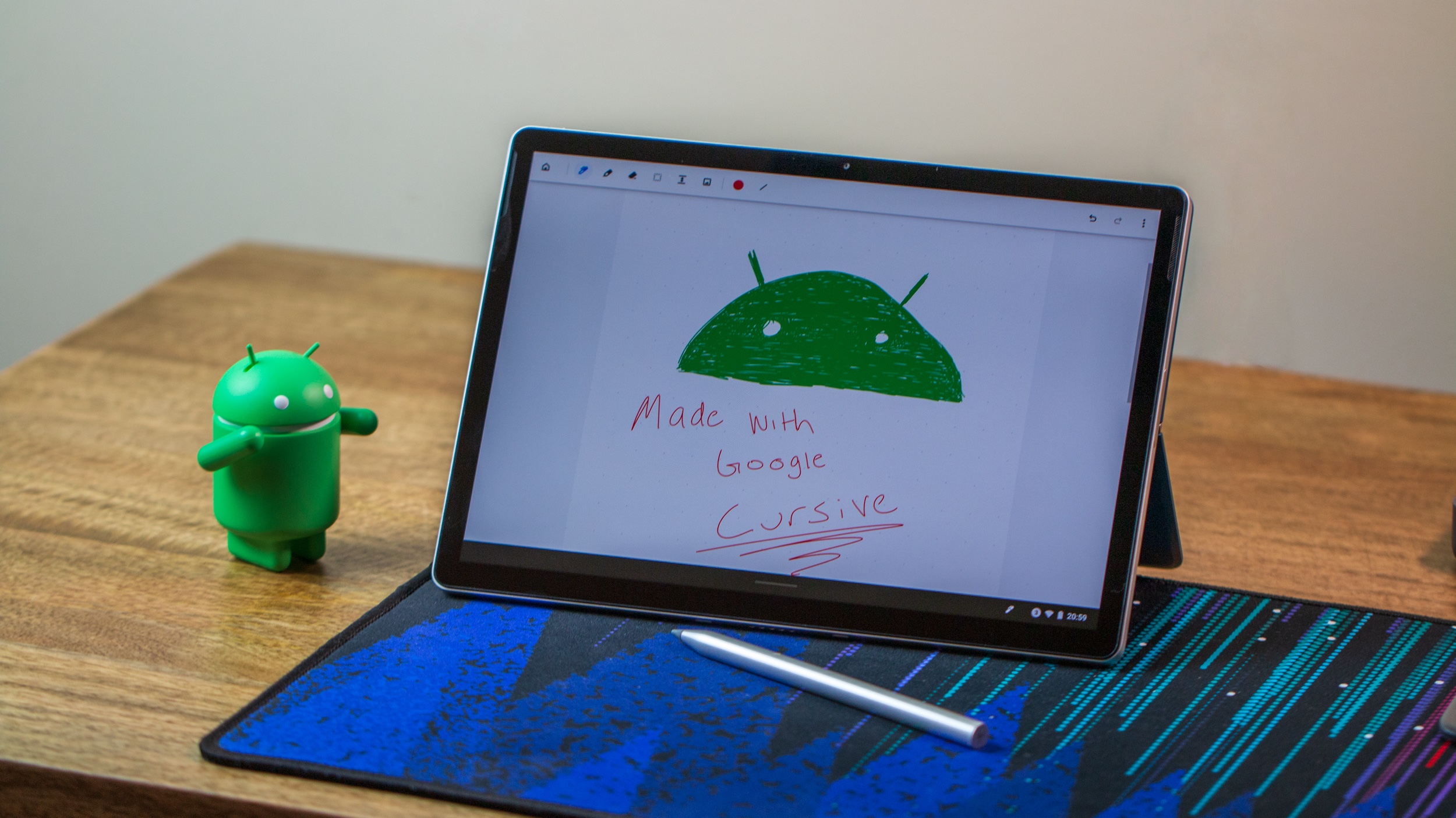
Performance
We've already touched on this a bit, but the performance of a Chromebook definitely varies between devices and manufacturers. There are new and unique options hitting the market with specs that rival the best Windows laptops.
To give ourselves (and you) an idea of how well any given Chromebook performs, we run these through a couple of benchmarks. These consist of Octane 2.0, Speedometer 2.0, Jetstream 2, and MotionMark 1.2. All of these are browser-based, performing various tasks to help determine how well the Chromebook is going to perform. Next up is one that you've likely heard of, and that's Geekbench. We rely on the Geekbench 5 app found on the Play Store, perform between three to five tests, and then average those numbers.
We know that benchmarks don't always tell the whole story. Because of that, we've determined another way to see how hard you can push a Chromebook or Chrome OS device. Using AetherSX2, one of the most powerful PS2 emulators, paired with a couple of different games, we try to run and play these games for at least 30 minutes. None of the settings within AetherSX2 are changed, as this provides a baseline across the board for our testing purposes.
Another "test" we perform is just plugging in different Chromebook and Chrome OS devices to external displays. Many of the latest offerings are able to take advantage of a 27-inch QHD display with no issues. But the same can't be said when trying to use a 34-inch Ultrawide QHD monitor.
Last but not least, there are some important points that you need to know. When reviewing Chromebooks, we are running the latest version of Chrome OS stable that is available. The only exception to this is when we are testing a pre-production unit that may be limited to only running a different build of Chrome OS. Additionally, no Chrome Flags have been enabled, as some of these can alter the performance creating different results for everyone.
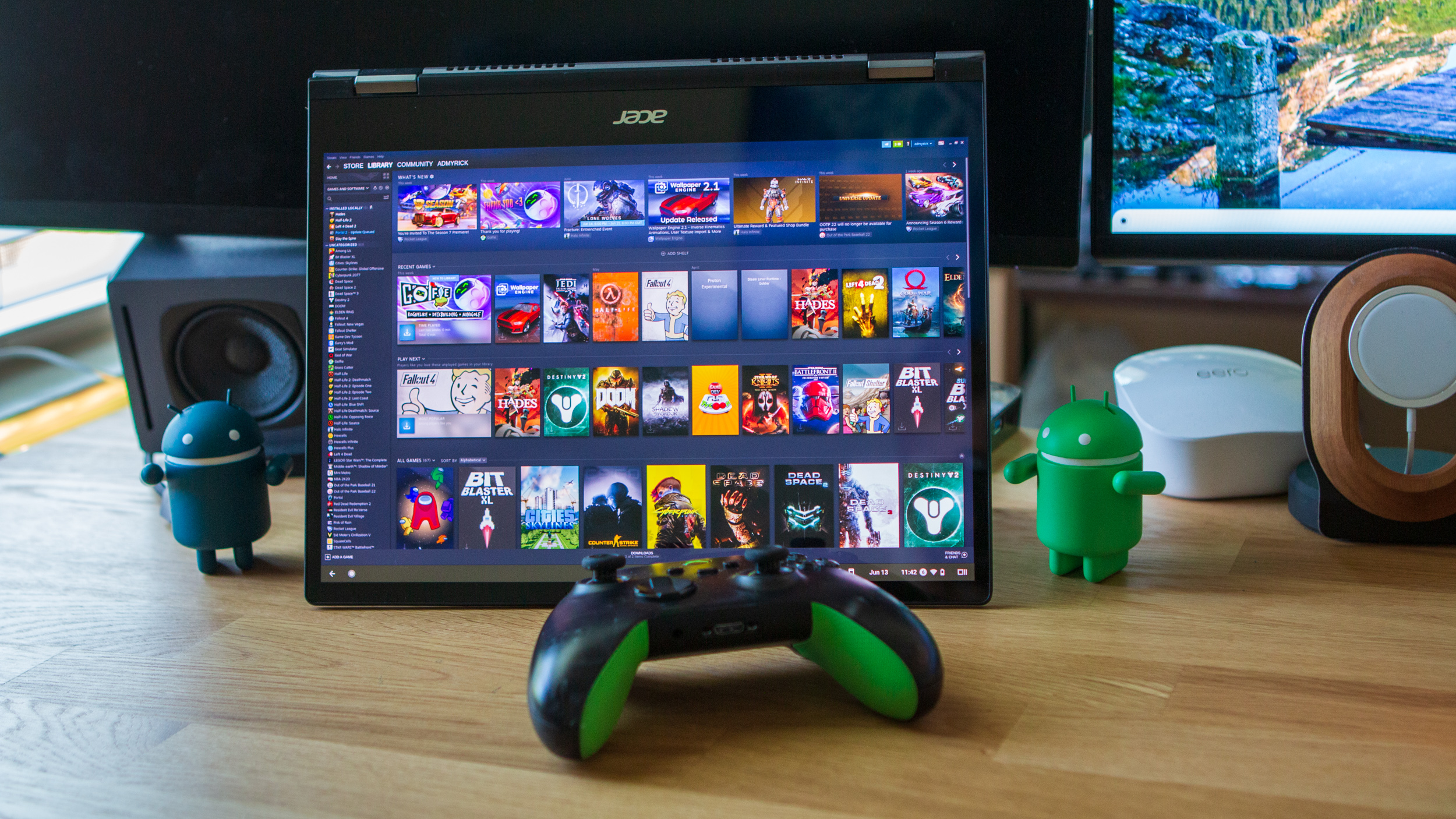
Battery
Like our smartphones, Chromebooks' battery life is another key indicator in the decision-making process. Getting a Chromebook with the latest and greatest Intel or AMD CPU is fine and dandy, but it's pointless if it only lasts for one to two hours on a single charge.
Unlike our smartphones, Chromebook manufacturers include a charger in the box. The only difference is that the charging rate of the included charger might be lower than what's actually possible. Regardless of that, to get a sense of how long it takes for your Chromebook to get charged up, we drain it down to 0%, and it turns itself off. Then, we plug in the provided charger and measure how long it takes to get to 50% and then how long it takes to get to 100%.
If a Chromebook or Chrome OS tablet is capable of taking advantage of a Power Delivery charger, we have several of those on hand. We then perform the same series of tests but use the alternative charger instead to provide those results.
It's not the most scientific method for testing, but we try to use these the same way that you would. The same goes for draining the battery, as we just use the Chromebook as we normally would until the battery is empty. This gives us the best indication of well a Chromebook will perform, especially when running it through a series of performance tests. But we also try to just use that device (and only that device) for as long as it will last.
Assigning a score
The final score is an aggregate of all metrics, including the display, performance, battery life, and build quality. Value is also a key factor, so we take pricing into account and gauge whether a phone gives you good value for what you're paying or if it's too expensive.
Chromebooks that get a score of 4 out of 5 have a high-quality display, top-tier performance, and battery life that lasts all day and hold up well against our tests. Devices that get 4.5 out of 5 are usually the best in their class, delivering unique features or including things like a stylus, keyboard, case, or all of the above, while still meeting our expectations.
For more information about our review awards and our team of reviewers, be sure to have a look at our broader guide on how we test and review on Android Central.
